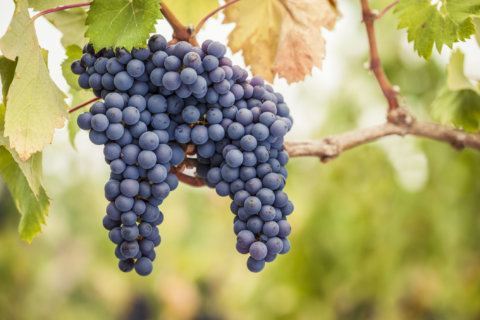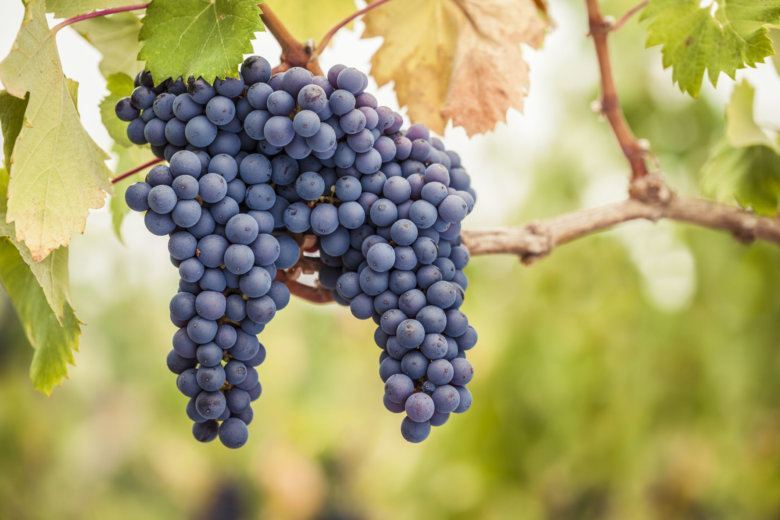
When I think about transitioning my wine palate from the hot summer months into the cool, crisp season of fall, I traditionally think of Pinot Noir as the ideal grape varietal to gently take me back to the red wine end of the spectrum.
After all, Pinot Noir can be subtle, charming and mellow. Yes, Pinot Noir is just the ticket to adjust the wine thermostat and prepare for bigger red wines during the cold months to come.
But it turns out that Pinot Noir is not the only light-styled red in the wine kingdom that plays the role of palate shifter. There are several other lighter-styled red wine varietals that will provide your tongue with an easy evolution from whites to reds that you should consider when both the leaves and the temperatures begin to fall.
Lambrusco is both the name of a wine grape as well as a wine region in Romagna in Northern Italy, and is one of the lightest red wines I know. There are technically six kinds of Lambrusco grapes.
The highest quality Lambruscos come from Lambrusco di Grasparossa, like the Cleto Chiarli Lambrusco Grasparossa di Castelvetro by Enrico Cialdini. This semi-bubbly (think spritzy) is a dry red wine featuring a round mouthfeel and lovely black raspberry and dark strawberry fruit on the palate with a simple, straight forward finish. $17
Southern Italy’s Primitivo grape is thought to be directly related to American Zinfandel. While zinfandel is typically associated with making big, jammy wines, Italian Primitivo wines tends to be softer and more rustic than its American cousin.
The 2020 Caleo Primitivo Salento hails from the Puglia region in southern Italy. It is a delicious red wine full of bright red fruit on a wonderfully soft body and an uncomplicated, earthy finish. Just a nice red wine to enjoy with pizza, pasta or on its own. $10
Grenache is a popular grape variety found throughout the Rhone Valley in France, down in Australia and all over Spain, where it’s known by the name Garnacha. It is used as the primary blending grape in Chateaunuef du Pape and it is also the “G” in Australian red blends known as GSMs.
The 2018 QUO Grenache from the Campo de Borja region of Spain is produced from grapes grown on 40-year-old-plus vines. This delightfully fruity Grenache possesses a floral nose with slight hints of orange peel on the bouquet. The red berry flavors tend toward cherry, dark plum and red currant with an accent of dried herb and spice on the long, lingering finish. $12
Cinsault originally became a popular blending grape in Chateauneuf du Pape wines in the southern region of the Rhone Valley of France due to its ability to produce high yields. However, today’s Cinsault wines are made from smaller yields and produce richer wines that showcase Cinsault’s distinct savory characteristics.
The 2018 Michael David Ancient Vine Cinsault, from Lodi, California, features charming flavors of earthy dark cherry and luscious red berry fruit on a medium-bodied frame. The silky smooth finish accents the bright notes of cranberry on the back of the tongue. $25
Listen and subscribe to the “The Vine Guy” podcast on Podcast One








